The term, ‘prompting‘, is one of the first we learn in school. We use it in conversation, put it in our goals, but how much do we really understand what this term means or the different levels that go with it? One of the things we need to remember is that prompts are different than cues. If you aren’t sure of the difference you can read about in this post, Prompts and Cues: Little Words with a Big Impact. When using prompts, we want to start with the least to more approach, so basically we want to follow the Prompting Hierarchy.
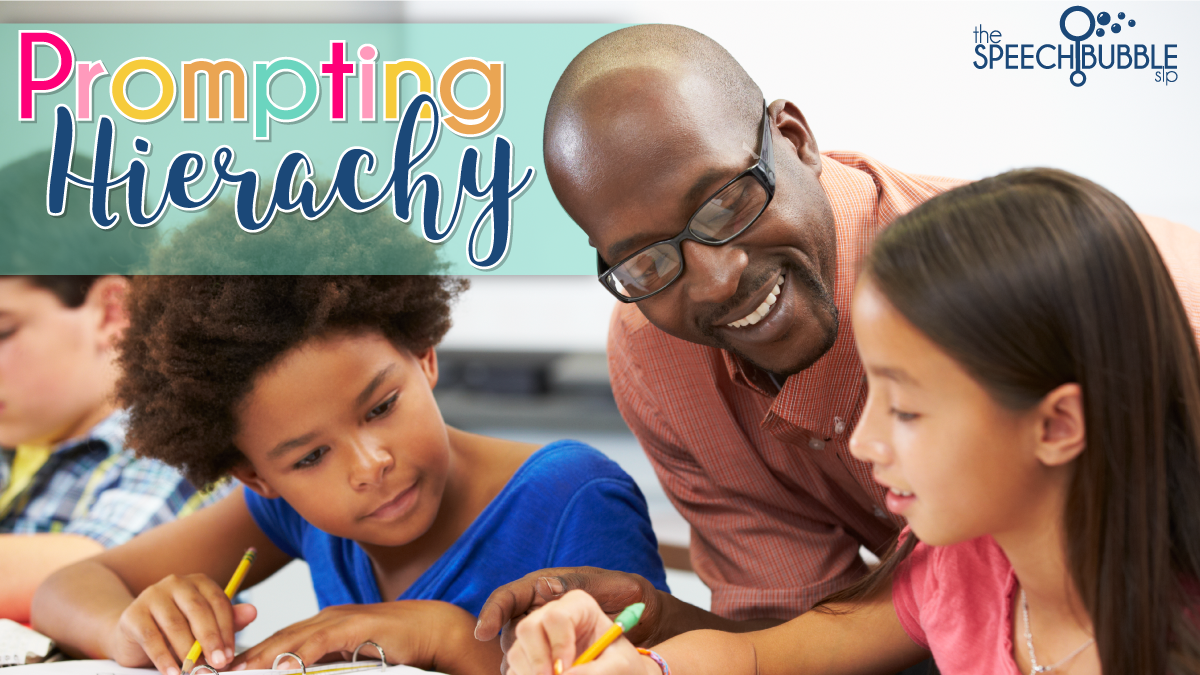
The prompting hierarchy refers to the different levels of support that you go through to help your student get the correct answer.
Let’s look at each of these levels…
Visual Prompts
These can be pictures, text, photos, and even videos. You may show a student a visual of kids standing in a line as a prompt to line up with their class. Visual schedules outlining a student’s day or the steps to complete an activity written into a list would fall under this, least invasive/most independent part of the Prompting Hierarchy.
Verbal Prompts
Verbal prompts can be direct and indirect. A direct verbal prompt helps the student get the correct answer where an indirect prompt gives a hint but not all of the answers. A direct prompt may be showing a student working on /th/ a picture of a thermos and giving the prompt, ” Put your tongue between your teeth “. An indirect prompt could be telling your student “What happened next” if they get stumped on a story retell.
Gestural Prompting Hierarchy
Gestural prompts are just that, gestures or actions to show the student what to do. This can be nodding, pointing, even a ‘look’ to give your student a reminder to use that speech sound they just forget.
Modeling Prompting Hierarchy
Modeling is showing the student exacting what to do in order for them to respond or perform a task correctly. This can be you saying to put the ball in the bucket and then you put the ball in the bucket to show them.
Partial Physical Prompt
This is where prompting becomes more invasive. Here you would be touching the student but only in a manner to guide them, they would still be doing the work. This could be working on Yes/NO with visual cards and guiding the students elbow toward the correct response for them to point to.
Physical Prompt
This is also called hand over hand. This is the least independent and most invasive of prompting options on the Prompting Hierarchy. While the word invasive sounds harsh it really isn’t. Sometimes this type of prompting is needed to help students understand the concept we are trying to instruct, such as navigating a new AAC device and program.
With all these different prompting methods available how do we make sure we are using the right ones with our students? You can start at the beginning with a visual prompt and work your way through the steps from there. One thing to keep in mind though is to give enough wait time between prompts. When I first started working I was a little ‘prompt happy’. I would give a prompt and if I didn’t get a response right away I would give another, then another. Now, I count to 10 in my head before I give another prompt at a different level. This is something that really helps me remember to give my kids enough time to think about what I’m asking.

CLICK HERE for your free prompting hierarchy reference card.
What type of prompts do you find yourself using the most?

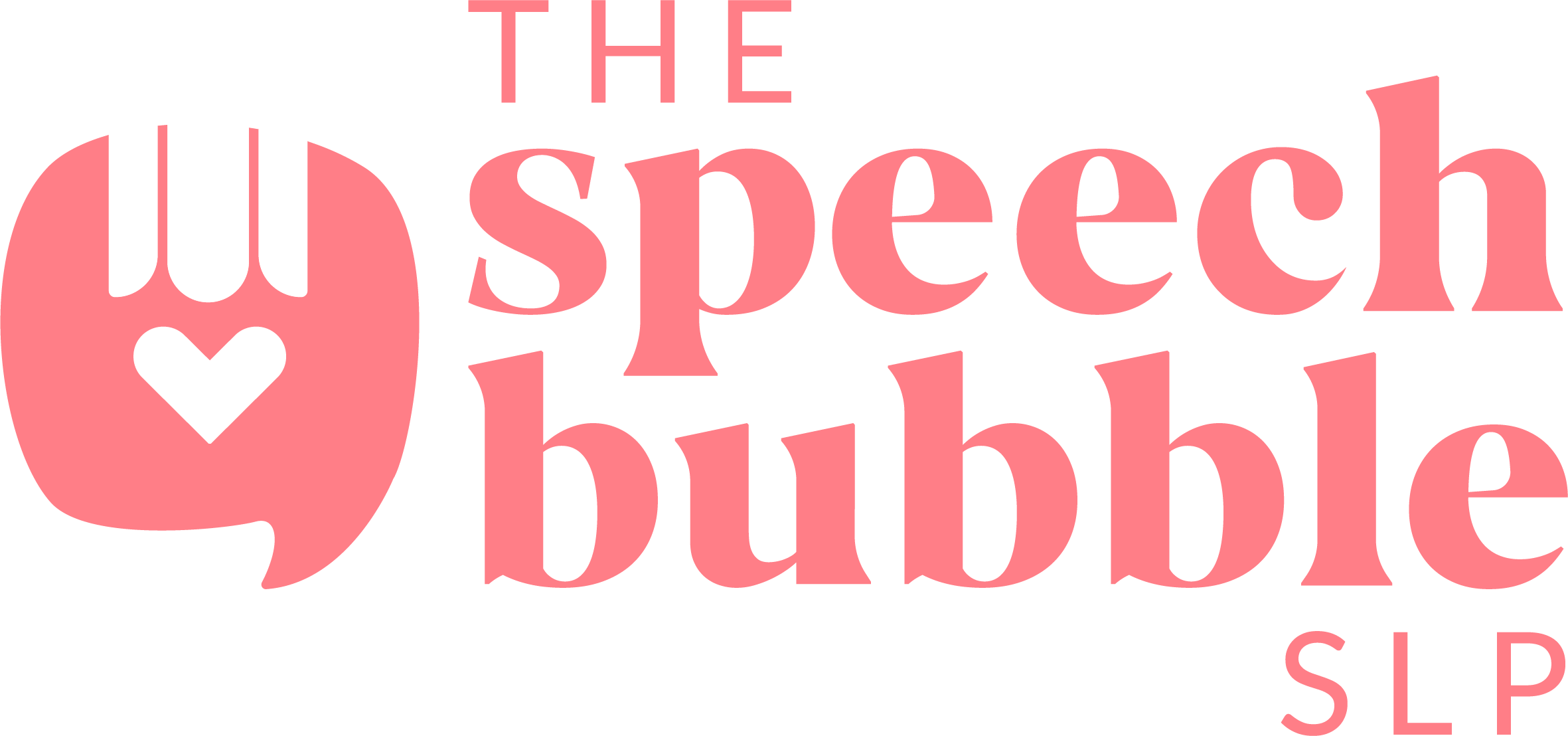







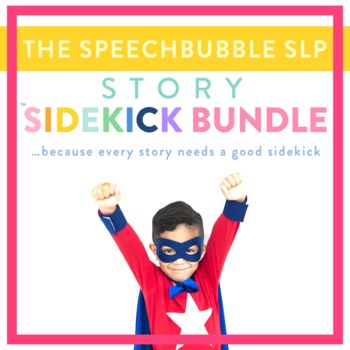
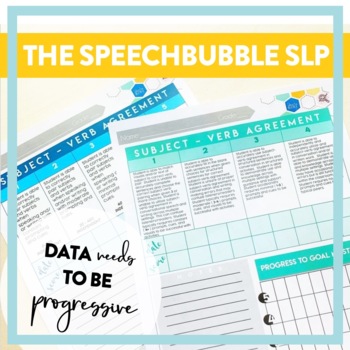
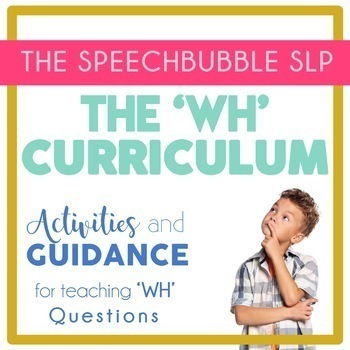


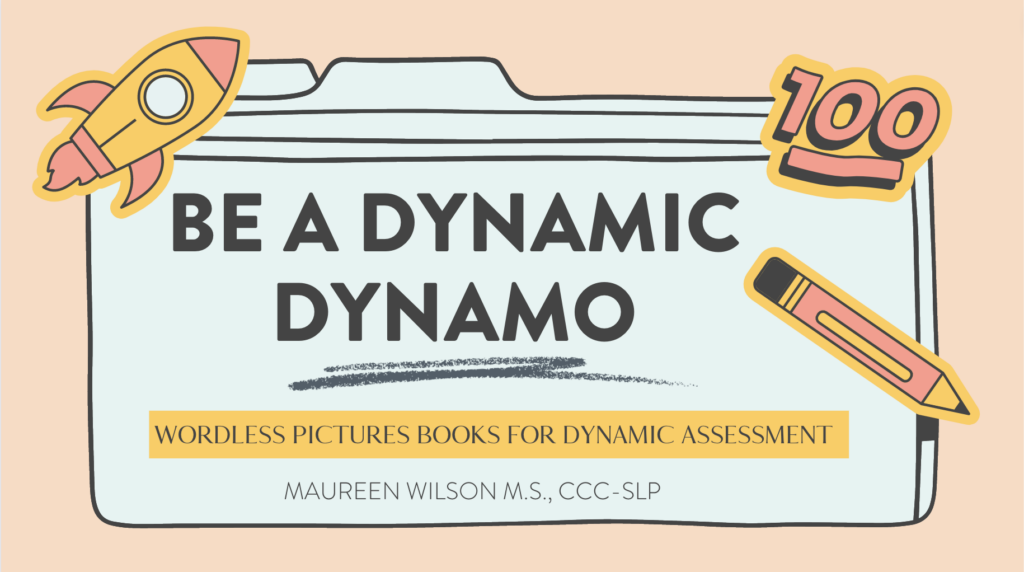
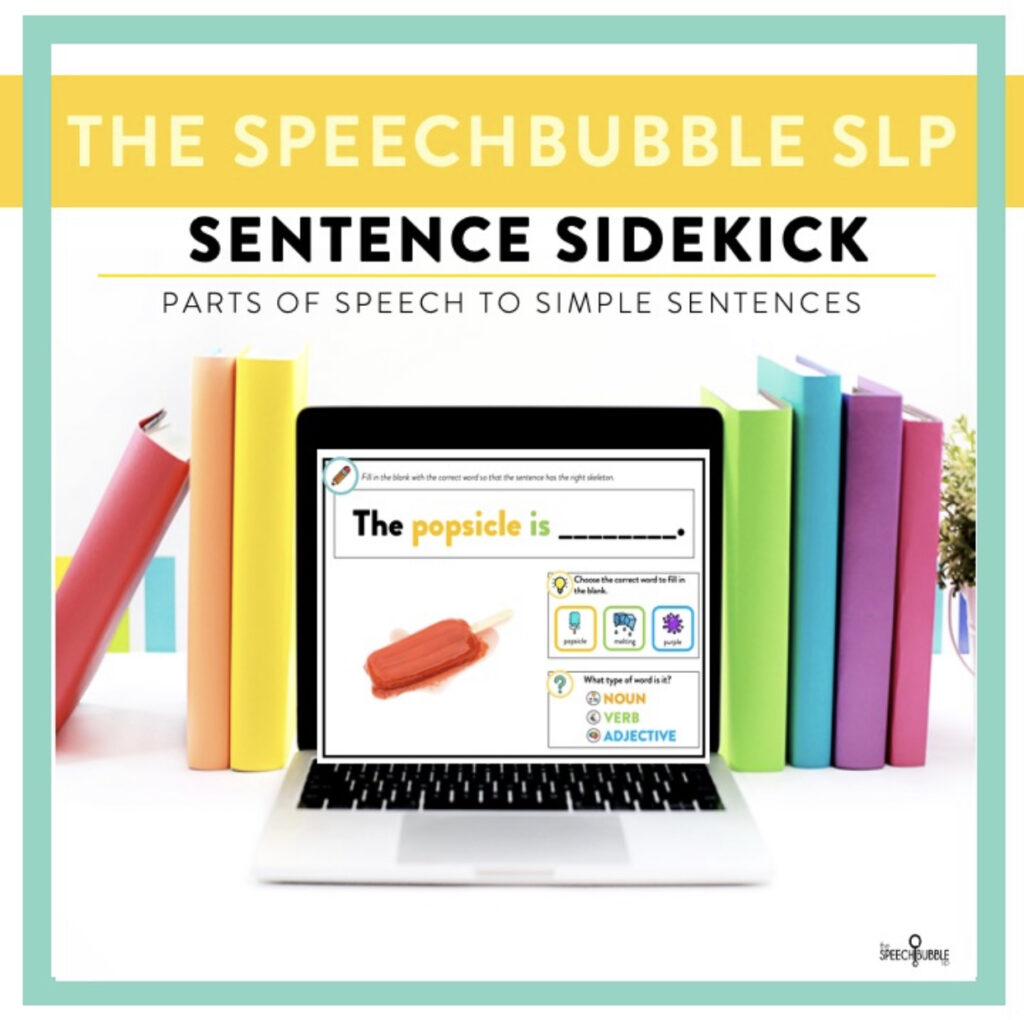
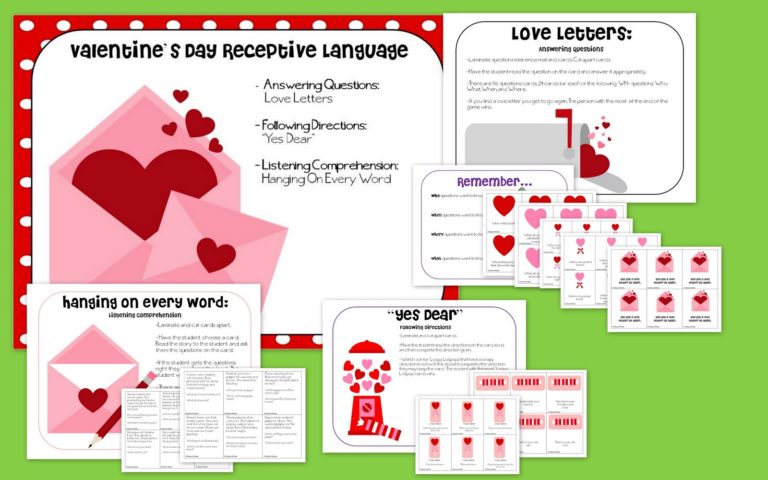
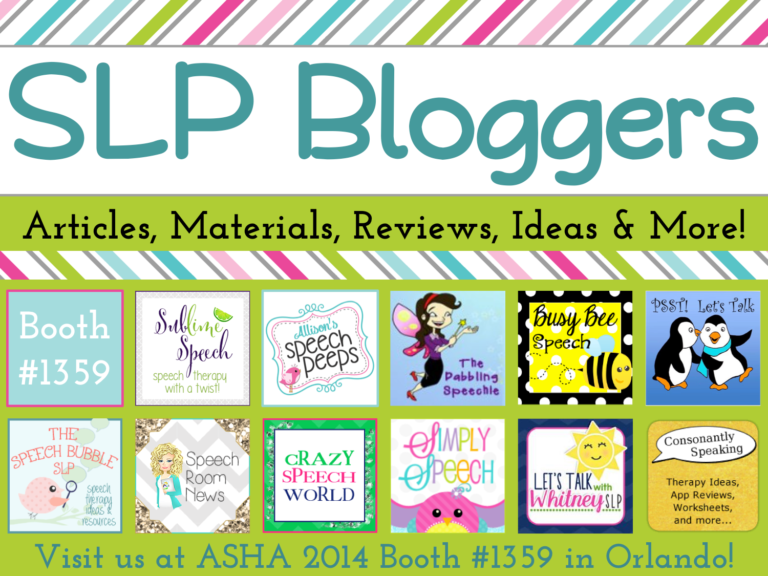
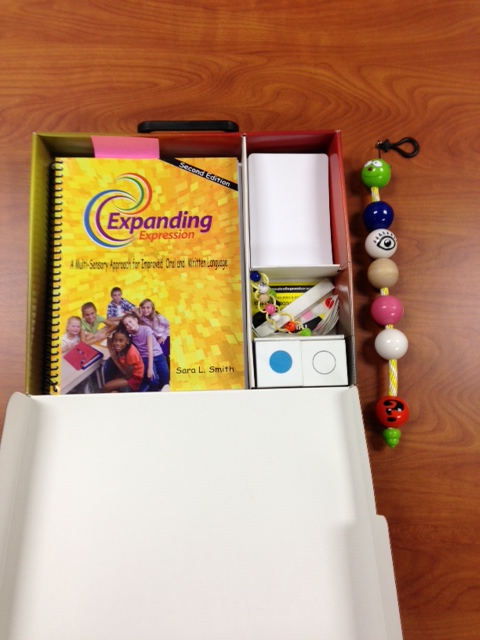


8 Responses
I really appreciate posts like this. It seems like a lot of bloggers only post when they have something to “sell.” Thank you for all your posts that teach and inspire as well.
Thank you so much. I am so happy that you feel my blog is place is that you can come to information and ideas 🙂
Hi Maureen! I have a data question. If. A student is given 10 questions. She answers 5 correctly, 4 she was able to answer given verbal prompts and 1 she could not get. Would that be reported as 90% given moderate verbal prompts? Thanks! R
This is so perfect. I am working on a powerpoint presentation for the teachers and ed techs I work with titled “When to prompt and when to not” and this information IS SO HELPFUL!!!! Thank you!
Hello ! I just wanted to know when did you publish this useful post? I am citing it in an Extended Project Qualification. Thank you in advance : )
Hi:) It was originally posted in 04/2017